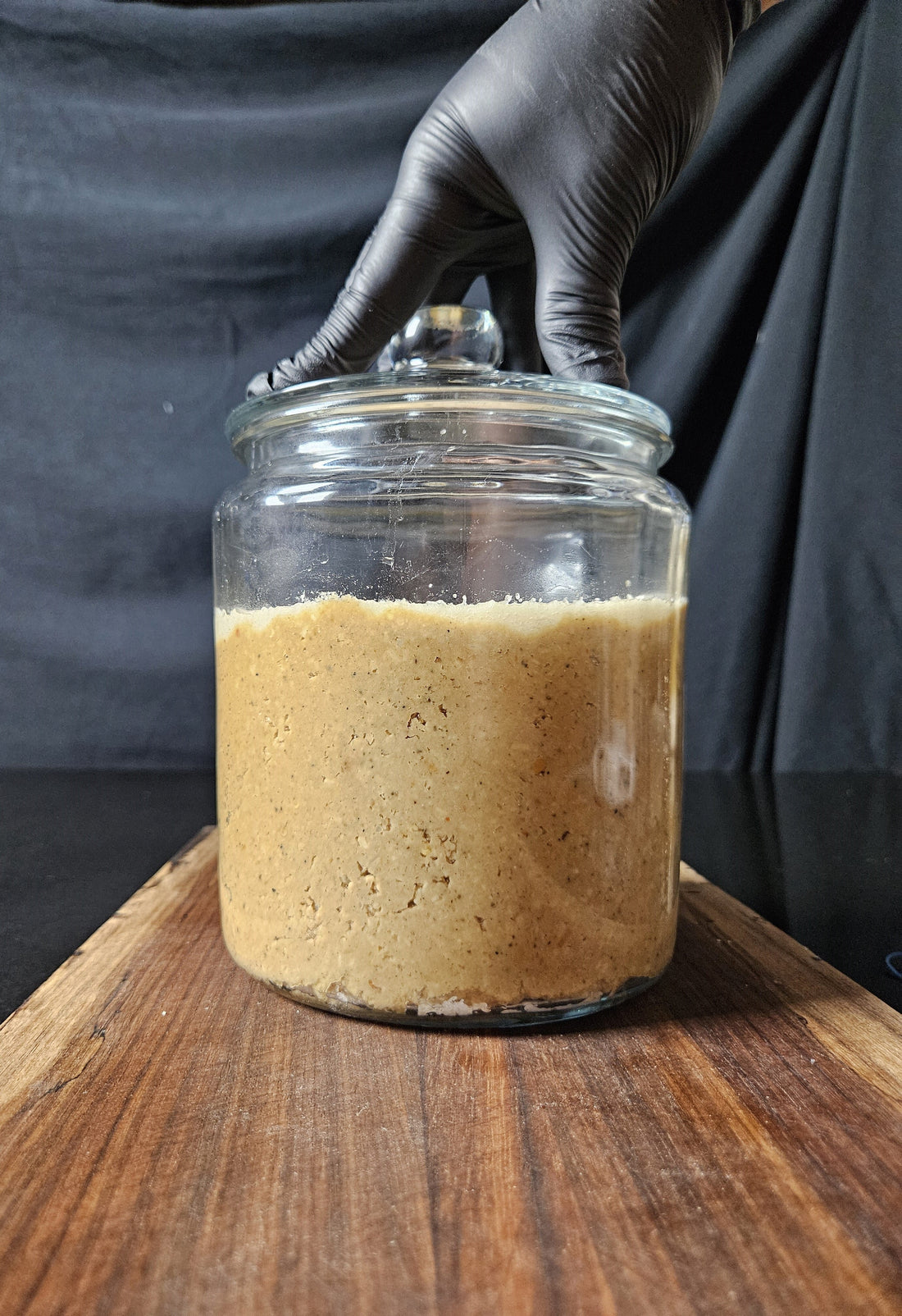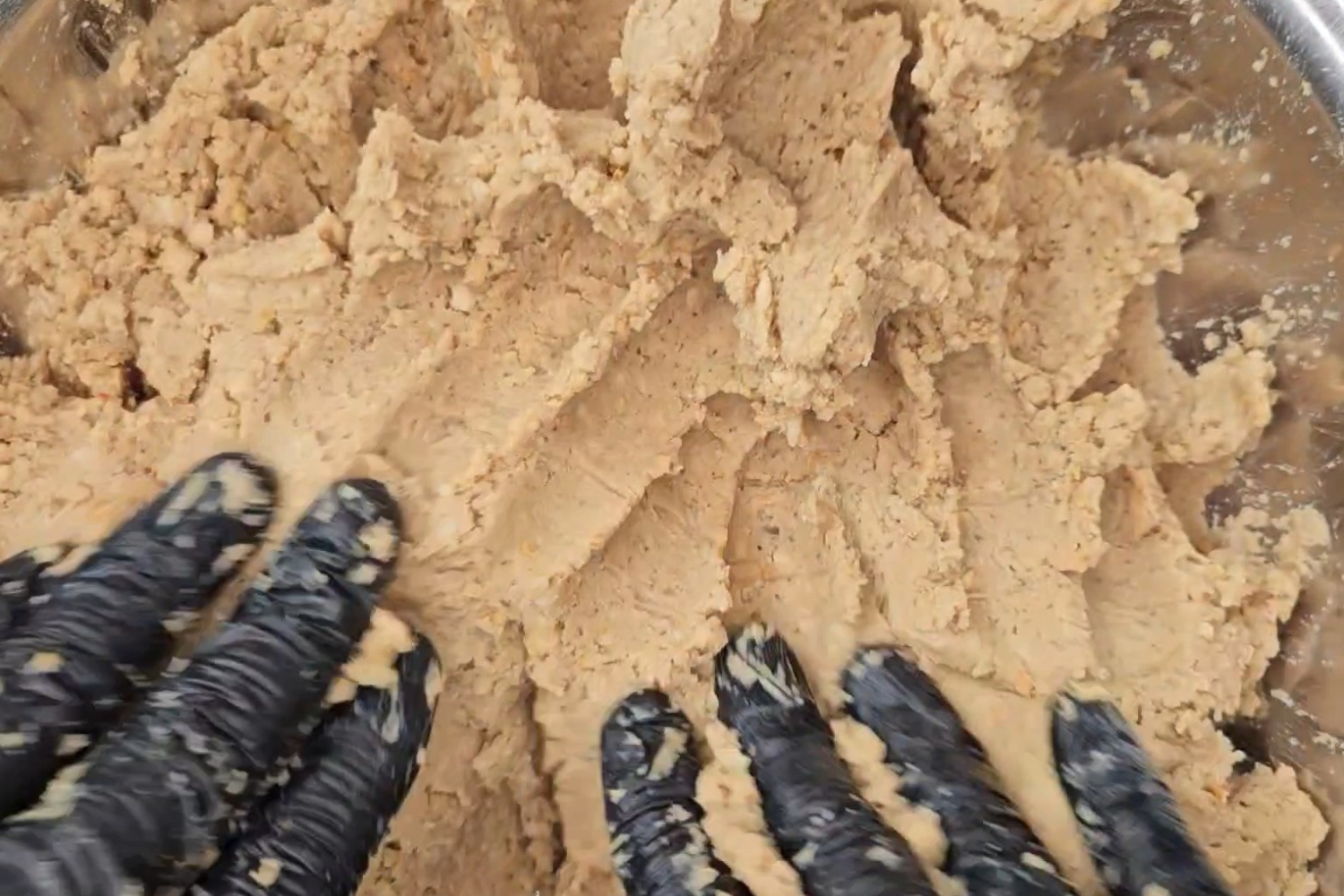
How to Make Miso
Share this recipe with a curious cook!
NOTE: All ferments, by nature, will be completely unique. And that's a beautiful thing! Ferment times are relative to ambient temperature, humidity, and freshness of ingredients - keep an open mind and taste your ferments as they age to see what you like best! The world (and kitchen) is your oyster.
Prep Time: 1-2 hours
Ferment Time: 6-12 months (or as long as you like)
Ferment Temp: Room temperature
Ingredients and Estimated Measurements:
- 250g dried soy beans
- 250g Koji House Organic Umami Rice Koji
- 75 g sea salt




















